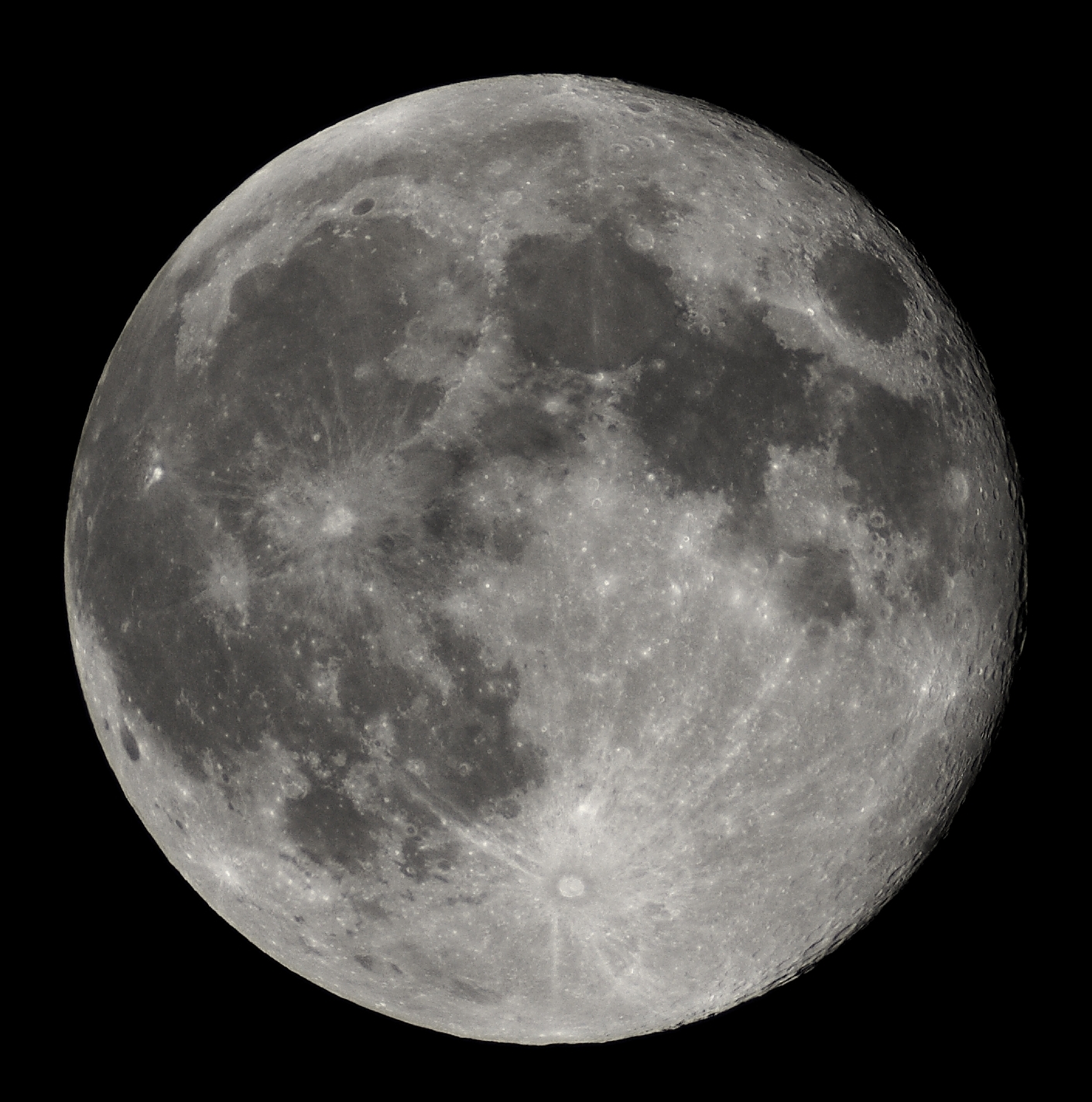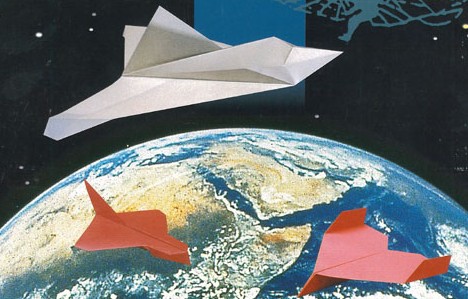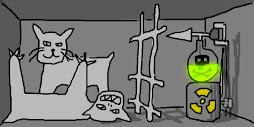
So if you're an astronomy nerd, you will recall being absolutely blown away by the first-ever images of the "other" side of Mercury beamed back by the MESSENGER spacecraft last Wednesday.
If you're pretty much anybody else, you'll recall wondering why everyone in the science media was getting so gosh-darn excited about another picture of the moon.

But wait. The first image released was taken in monochrome. MESSENGER, as a product of the 21st century, does comes equipped with a camera boasting (count 'em) 11 narrow-band color filters.
As evidenced by the stunning images that have made instruments like Hubble and Cassini almost household names, combining a bunch of data from several filters will get you those jaw-dropping false-color shots of cosmic objects that can capture the public's imagination.
So now here it is folks, the Mercury glory shot we've all been waiting for, a high-tech mosaic combining data from filters that transmit light with wavelengths of infrared, far red, and violet:

Hmmm... Well, we can't all be doing science with snazzy art. Ever try to get a good picture from the folks working on an invisibility cloak?


